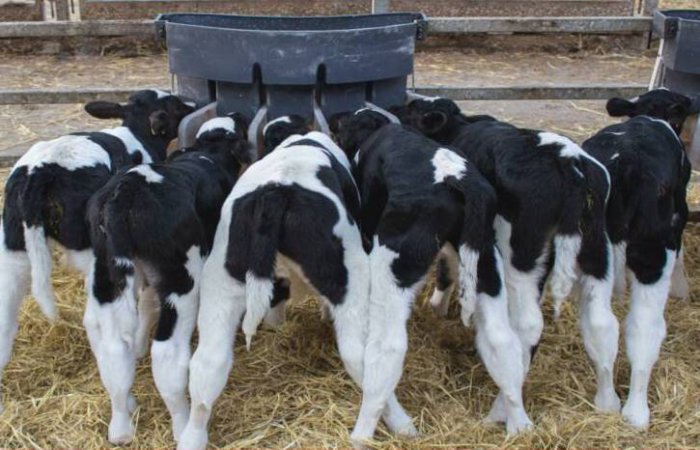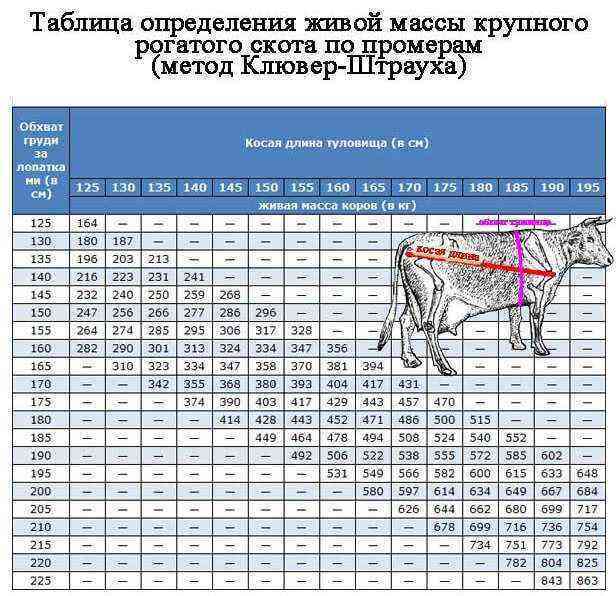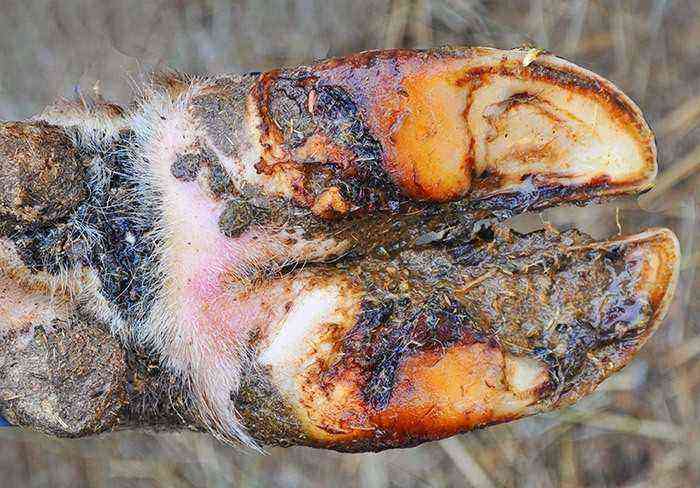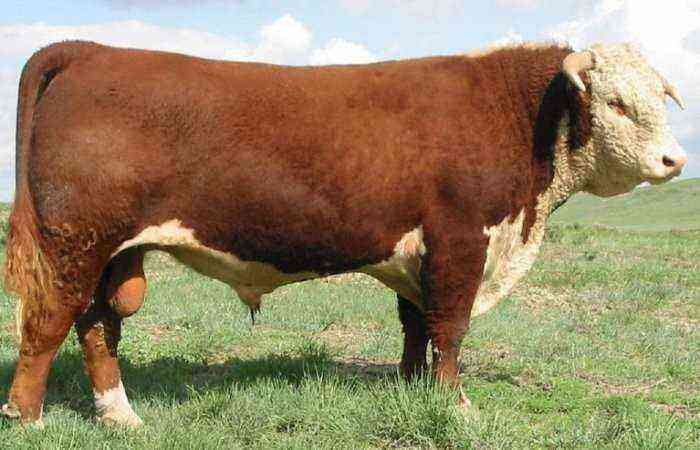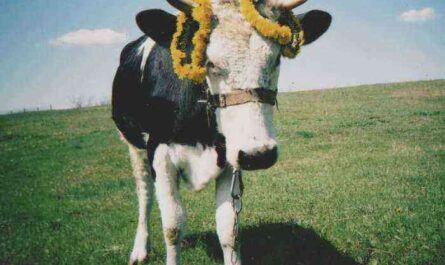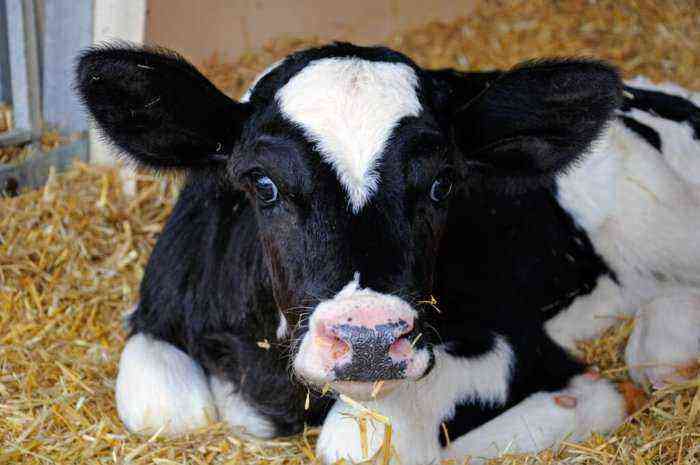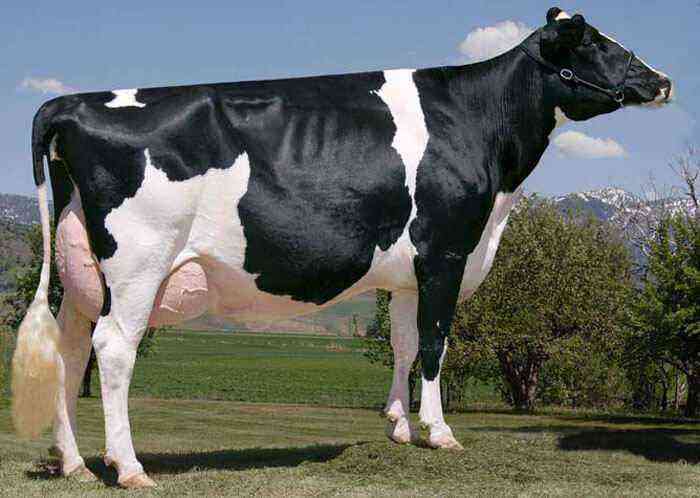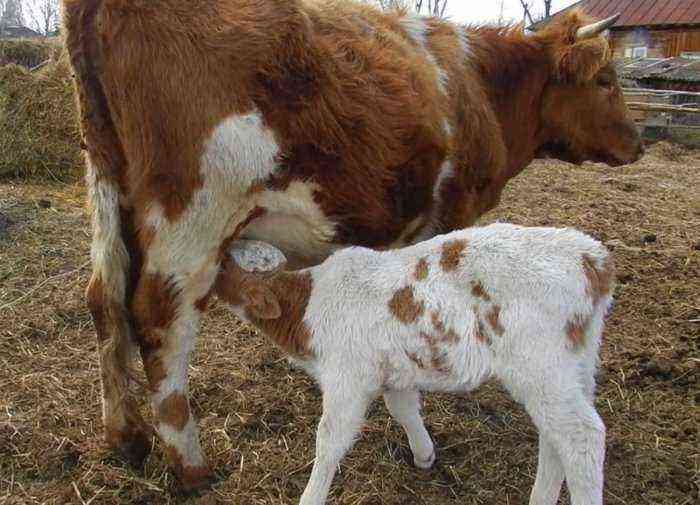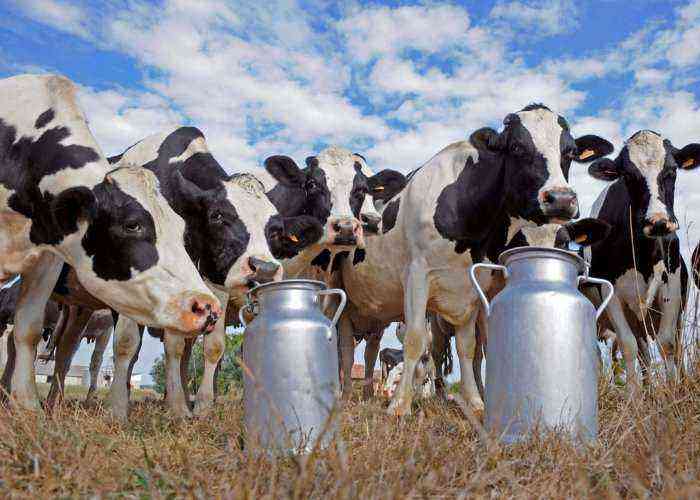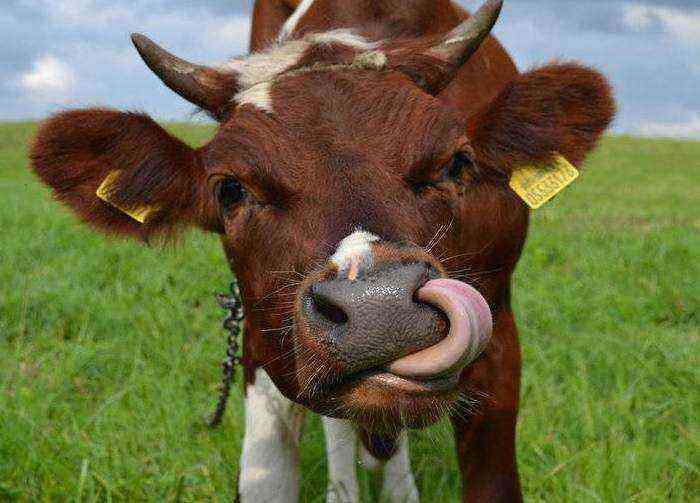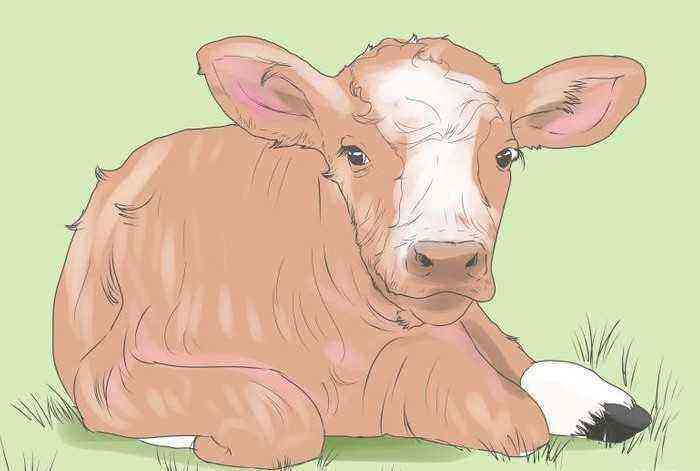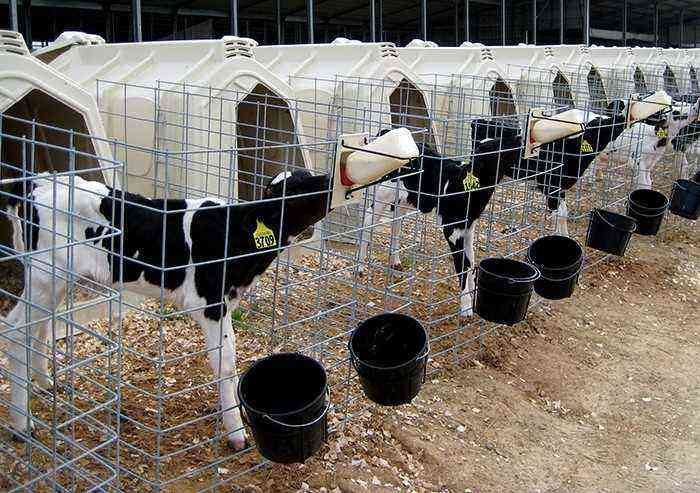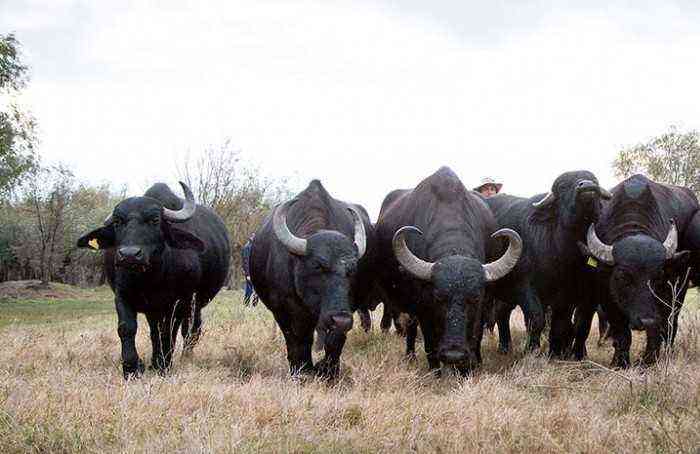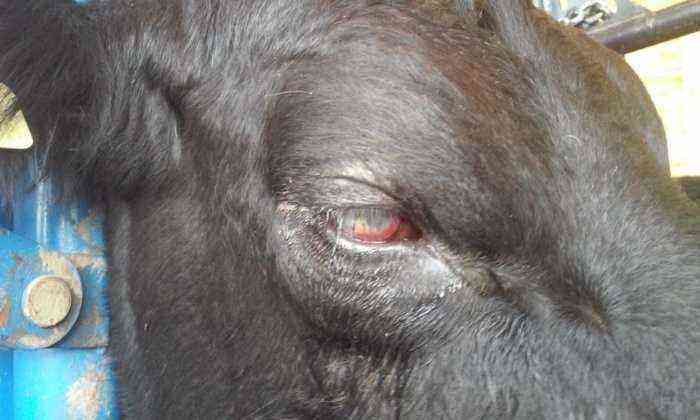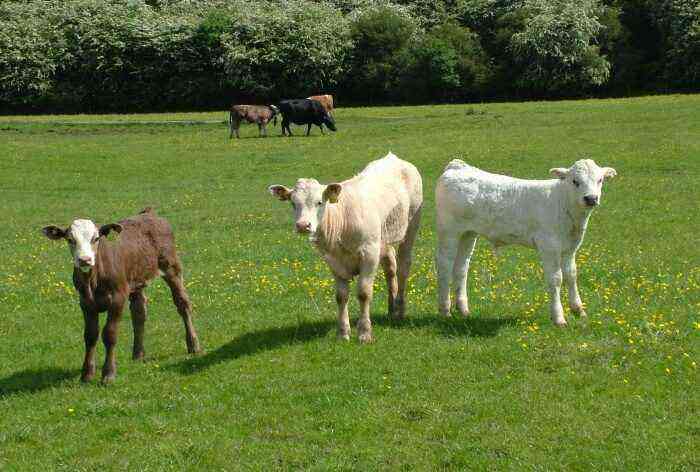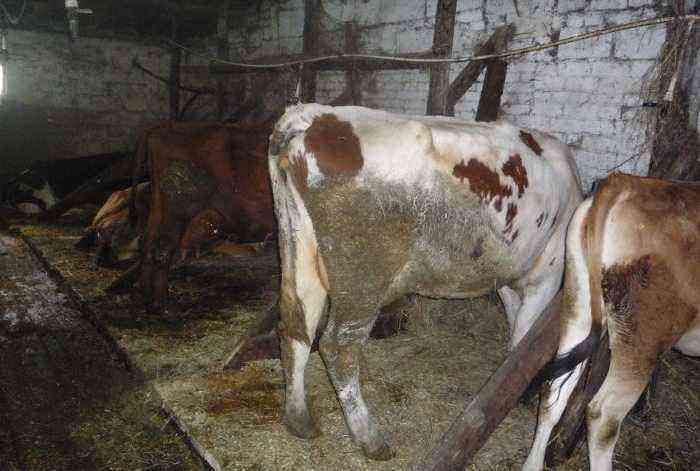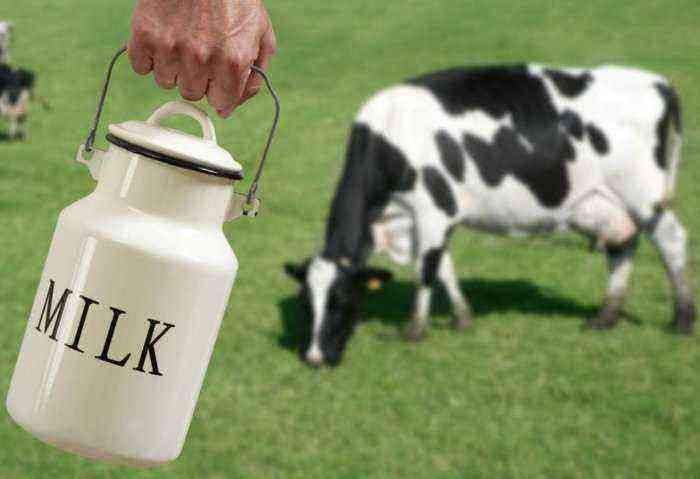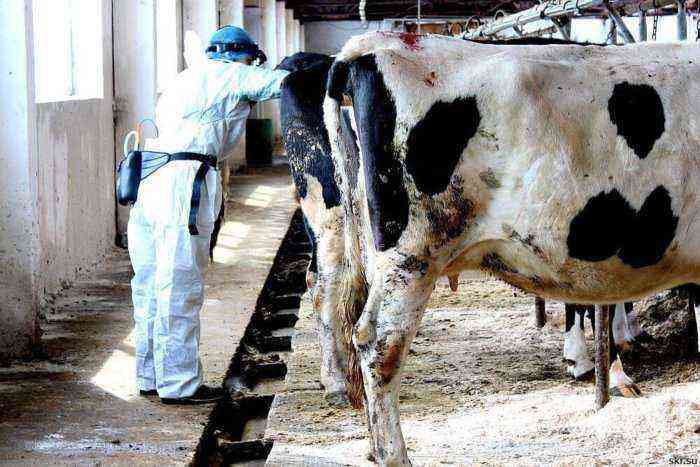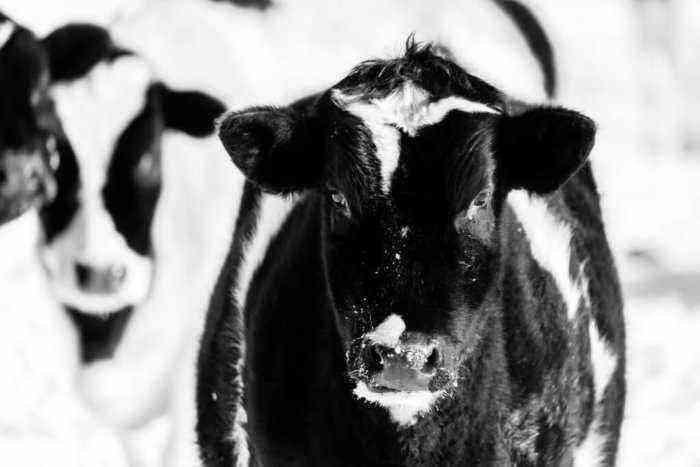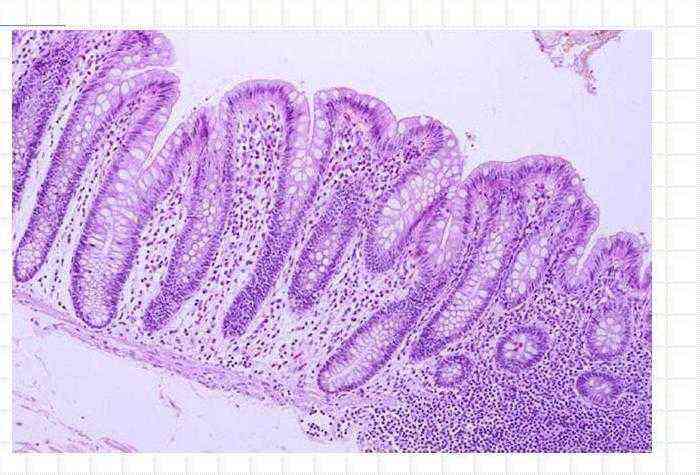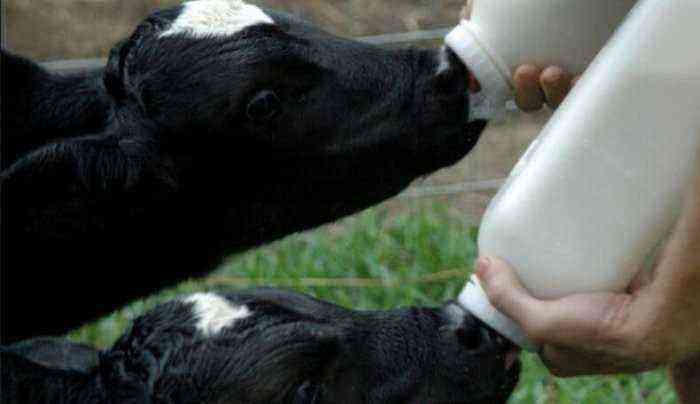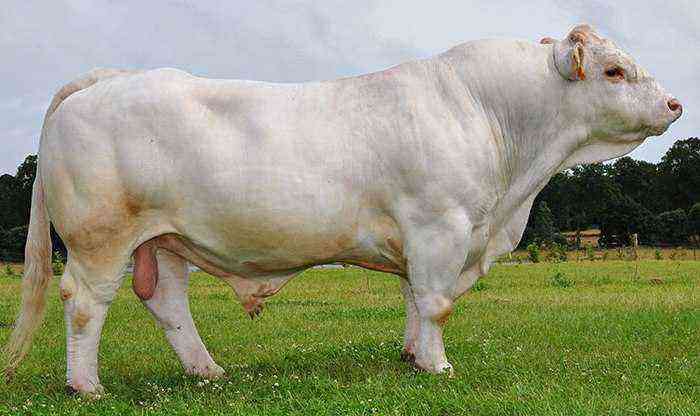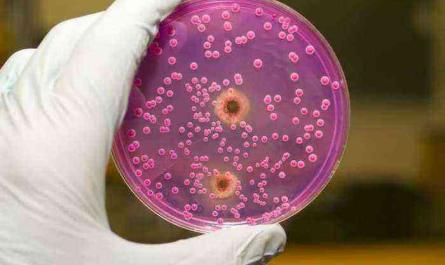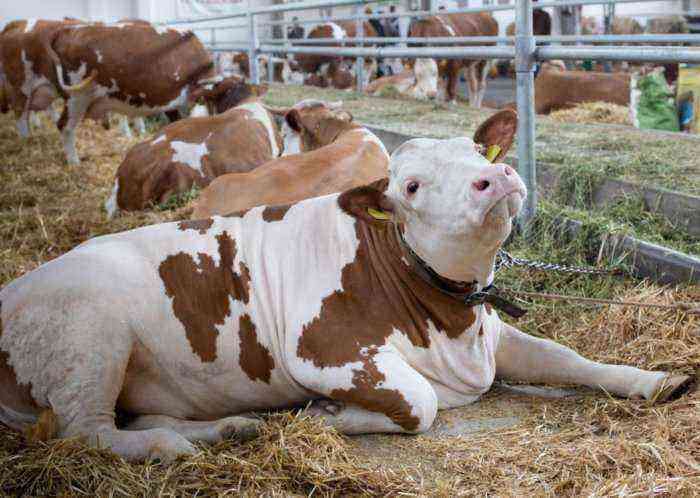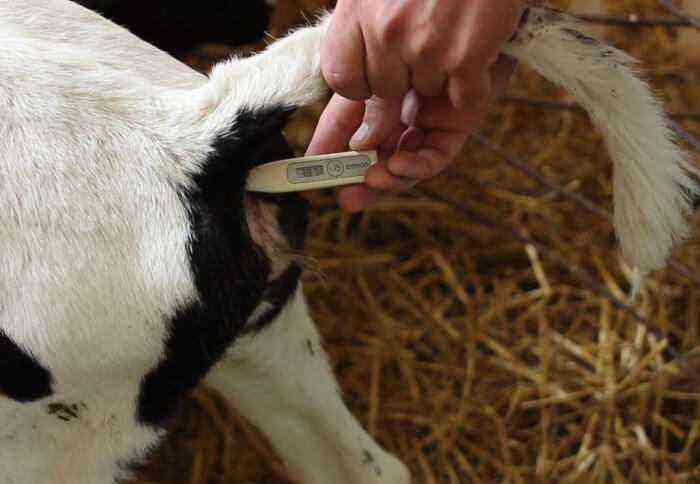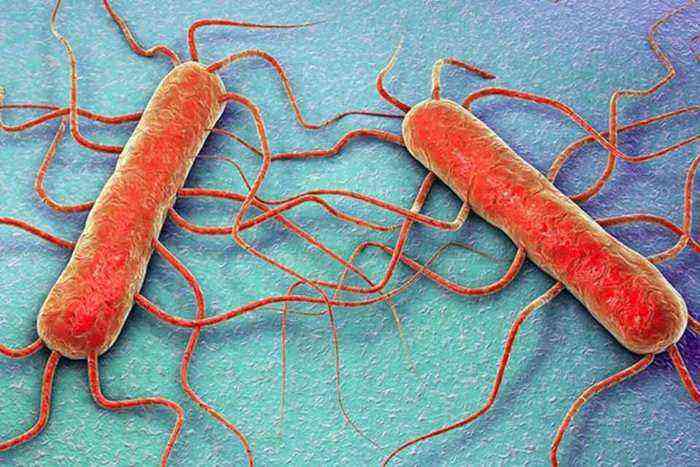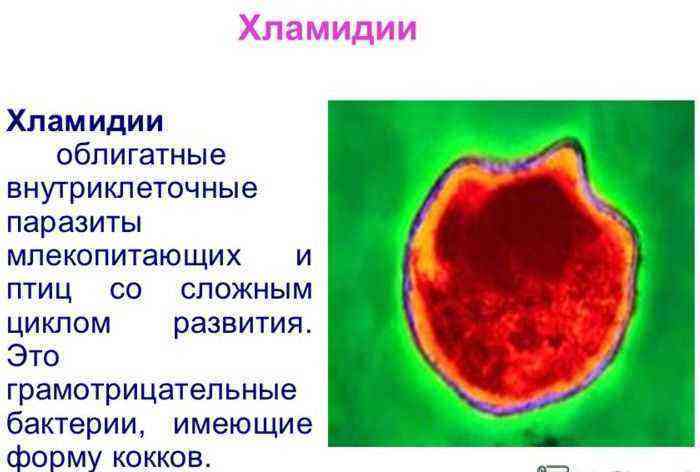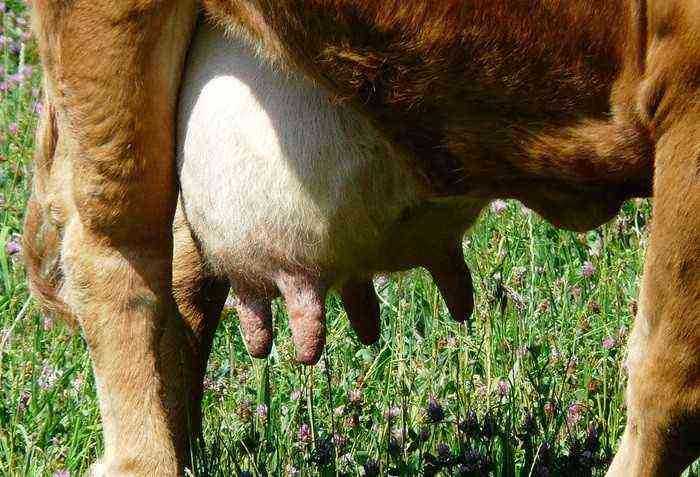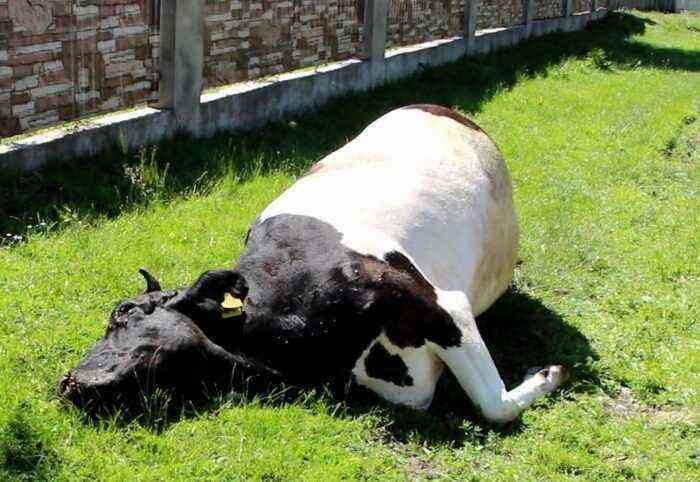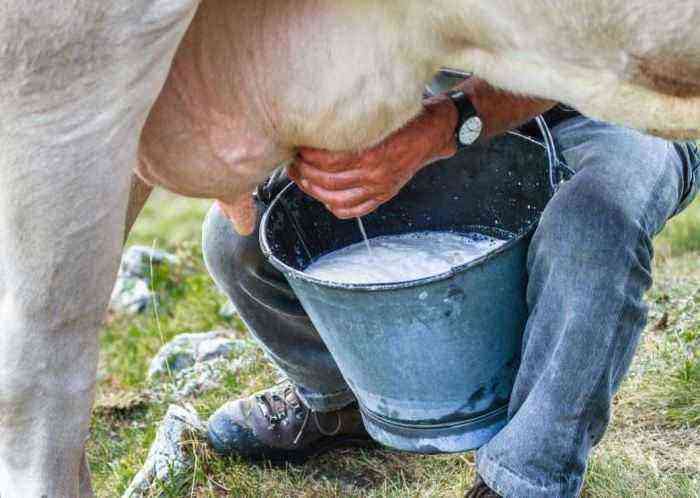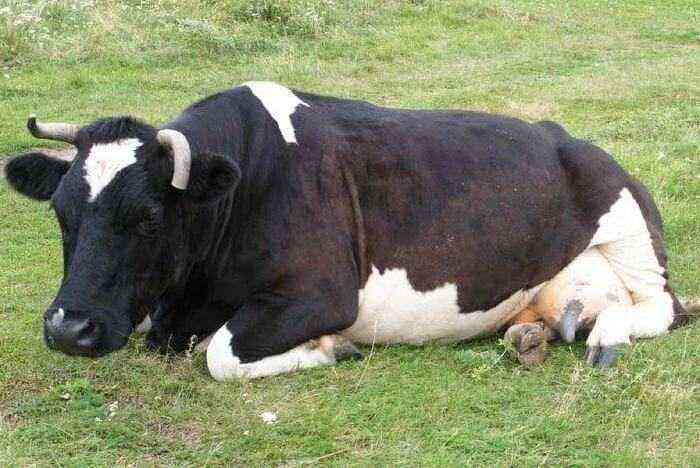It is no secret that the health of cows, the quality of meat and the volume of milk yield depend on the quality of the feed. Many farmers continue to keep their cows on a hay-silage diet, ignoring the developments of zoo technologists who develop useful premixes for calves and already grown cows and bulls.
Cattle
How do premixes work?
During the year, according to the lactation curve, one can easily see how the amount of milk received from a cow decreases and increases. Most farmers try to adapt to the conditions, calculate in advance when the cow will give the least milk and prepare for this time. Dishonest cattle breeders use antibiotics, which adversely affect not only the animal, but also the milk.
Unlike the aforementioned antibiotics, which wear out the cow’s body in an attempt to increase milking performance, premixes only help maintain the amount of dairy product received at about the same level throughout the year and even the life of the cow.
Most feed additives are designed to increase milk yield. In such premixes, amino acids occupy a large part. They directly act on the body, cleanse the stomach and help the absorption of feed, so over time, daily milking rates increase.
Also, do not forget that when vitamins are added to the feed for muscle growth, the amount of milk received will not increase and may even go into a slight and almost imperceptible decline.
Types of premixes
- A diet rich in vitamins and microelements is extremely important for the high productivity of cows. At the same time, the composition and norms of introducing additives vary depending on the age and gender of the livestock. Premixes supplement the diet with nutrients and are developed taking into account the needs of the animal at one time or another in life.
- Useful supplements are designed to increase milk yield. Such premixes contain amino acids, humic acids and lactobacilli. Due to the normalization of the gastric microflora, the feed is better absorbed, the digestion process goes much faster. Growth is stimulated and the immunity of the animal is increased.
- Premixes for the removal of harmful substances used in the cultivation of cereals that enter the body along with feed are characterized by a high content of absorbent substances.
- Premixes for fattening calves contain a large amount of group vitamins, A, B, D, E, K, iodine, iron, selenium, cobalt, magnesium and other trace elements necessary for active growth.
- They are also used in the treatment of diseases and, unlike vitamin complexes, they have a specific purpose and contain the necessary medicinal components.
Premixes are fed to animals in different forms
Depending on the manufacturer and composition, premixes are fed to animals in different forms: in dry form, added to feed or used in the form of aqueous solutions. No matter how they are introduced into the diet, the premix for cows is very important, it saves on medicines, feed, increase in milk yield, improved quality of milk and meat.
Chemical composition
Premixes for cattle are not an arbitrary set of components, but a biologically active substance developed strictly according to sound scientific recipes. There are over a hundred supplements of various composition.
In industry, fodder yeast, wheat bran, chalk, cormolysin, bone meal are used as a filler, depending on the recipe and purpose. In turn, premixes are divided into complex and simple, depending on the composition.
Enrichment with minerals is carried out with complex enzymes created in Russia, and the quality and technical requirements are controlled in strict accordance with the recipes, each batch of products is checked for content. Premixes are produced all over the world and each country has its own technologies, but the essence of the process is the same.
Domestic manufacturers prefer to make complex (complex) premixes containing substances aimed at solving several problems at once. But such universal means have their drawback, which is manifested in the incompatibility of some compounds.
Important! Do not forget that the composition for the most part depends on the direction of the drug.
If you decide to take care of increasing the amount of daily milk received, then a large amount of nucleic and amino acids can be seen in the constituent components.
For muscle growth and, accordingly, mass, magnesium, calcium, vitamins and protein compounds are added to the feed base.
Calf on premix
Conclusion
It is unlikely that anyone is engaged in agriculture just for the sake of pleasure, like any work, farming should bear fruit. There are situations when the use of vitamin supplements is prohibited and even fatal for cattle, but no one will definitely like skinny cows that do not give milk. Premix for calves, will save them from the use of antibiotics and other medicines by increasing the animal’s own immunity. With regular use, experts note an increase in growth by 10-30%, and calves grown on milk with the addition of premixes get stronger much earlier and switch to adult feed.
